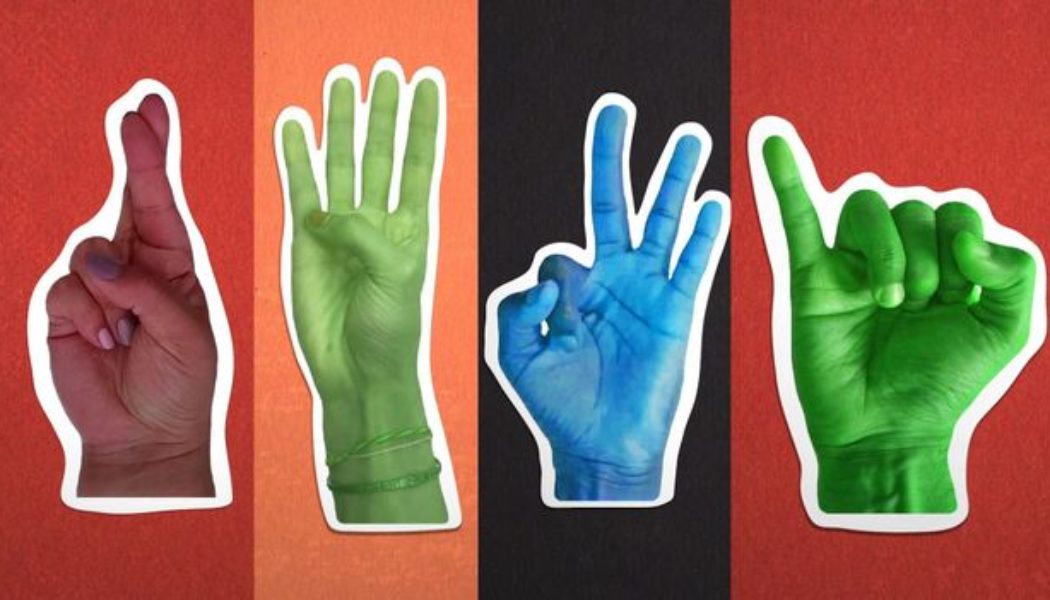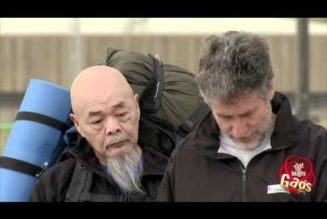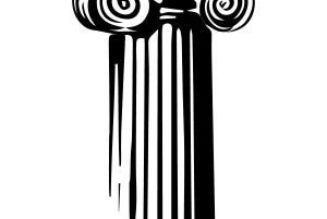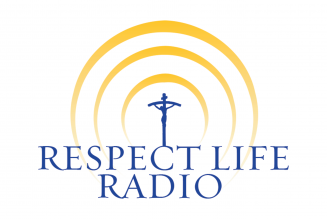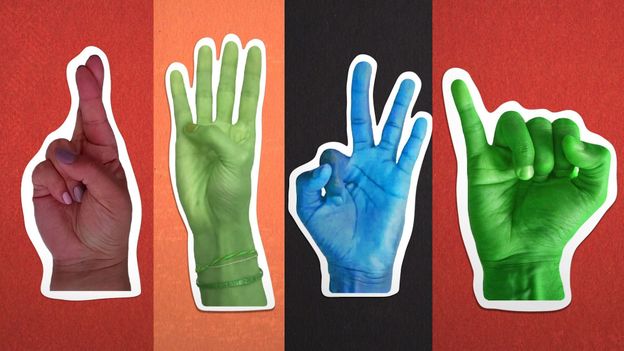
How would you count to 10 on your fingers? Do you start with the thumb or the index finger? Left hand or right? Dactylonomy (counting on your hands) seems like such a simple and natural thing to do that you might assume it’s nearly the same everywhere.
After all, it’s no coincidence that we have 10 digits on our hands and the most common number systems have 10 digits. This way of counting (called a base 10 system) probably arose because we have 10 fingers. If we had evolved with 8 or 12 fingers, our number system might be quite different. And the word “digit” in the sense of numerals comes from the Latin digitus, meaning finger or toe – because of the way we use them to count.
But it turns out that people around the world have vastly different techniques for keeping track of numbers on their hands.
For example, if you’re from the UK or many parts of Europe, you probably start counting with the thumb, and finish with the pinky. While in the US, they start counting with the index finger, ending with the thumb. In parts of the Middle East like Iran, they begin with the pinky, whereas in Japan they start with the fingers extended in an open palm, drawing them in to make a closed fist.
However this cultural diversity in finger counting hasn’t always been appreciated. “What struck me was that most researchers treated it as if there was just one way of counting with your fingers,” says Andrea Bender, a professor of cognition, culture and language at the University of Bergen, Norway.
“In the past, researchers have believed that finger counting, and especially the way that we do it in the West, is essential for children when they start to learn counting, and when they try to grasp what numbers actually are. One reason for casting doubt on that is that there is so much cultural diversity in how fingers or body parts are used for counting.”
In India, for example, they use the lines between the segments of the fingers to count. This means each digit can represent four numbers and the whole hand can represent 20. While in parts of Eastern Africa like Tanzania, among speakers of some Bantu languages, they use both hands in a symmetric way as much as possible. The number six, for example, is shown with the index, middle and ring finger of both hands. There’s also the indigenous Northern Pame people of Mexico, who count on their knuckles, and the (now extinct) Yuki language in California, which used the spaces in between the fingers.
You can see examples of these ways of finger counting, and a way of counting to 1,000 on two hands in this BBC Reel video below.
Join Our Telegram Group : Salvation & Prosperity
